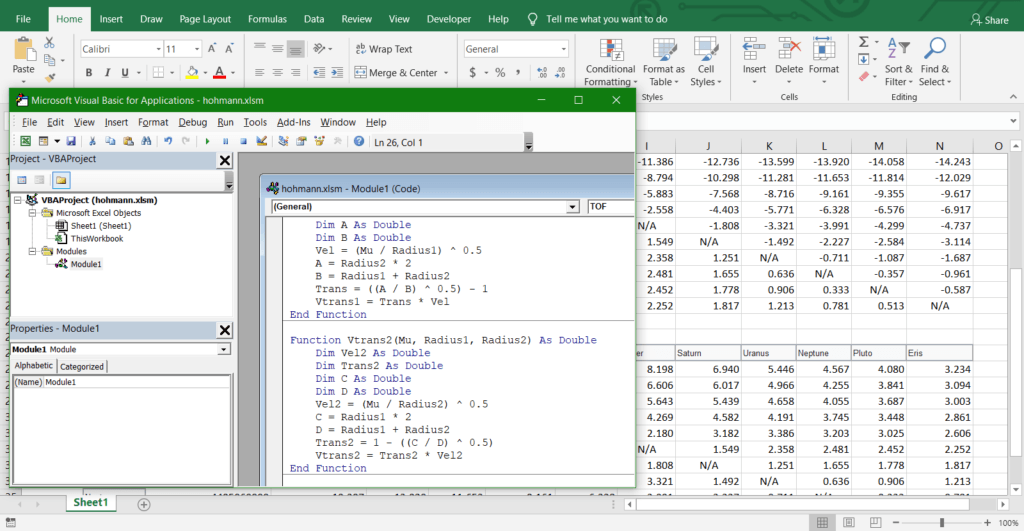
Thus, Microsoft Office applications share a common tool for customization with VBA. Applications that host the VBA language can be customised to meet user requirements and integrated with other VBA enabled applications on the desktop.VBA can often complement the facilities within the software application often offering a better solution. Given the diverse requirements and demands of end users, it is often almost impossible for off-the-shelf applications to deliver 100 percent of user requirements.There are many advantages for incorporating VBA into applications. VBA is based on the stand-alone Visual Basic language but works within some other Microsoft application. It primary purpose is to enhance and automate applications that use Excel. For example, VBA for Excel is a programming language that is contained within Excel.

VBA is a programming language created by Microsoft that can be built into applications. The fifth Office 97 application, Outlook contained VBScript a variant of the Visual Basic language widely used for Internet applications. By the time Office 97 was released, VBA had made its way into four of the five Office applications: Word, Access, Excel and PowerPoint.


Office was originally released to run on Windows 3.1, and contained a suite of programs including: Word, Excel, Outlook and Access.įollowing the early success of VBA, Microsoft decided to incorporate VBA into Access (the database application). This was a big step forward for VBA was intended to unify the programming code behind the Microsoft Office application program suite. Excel, like Visual Basic, experienced several revisions during the 1990s, roughly in-line with the changes to the Windows operating system, but Excel 5, released in early 1994, included the first version of VBA.


 0 kommentar(er)
0 kommentar(er)
